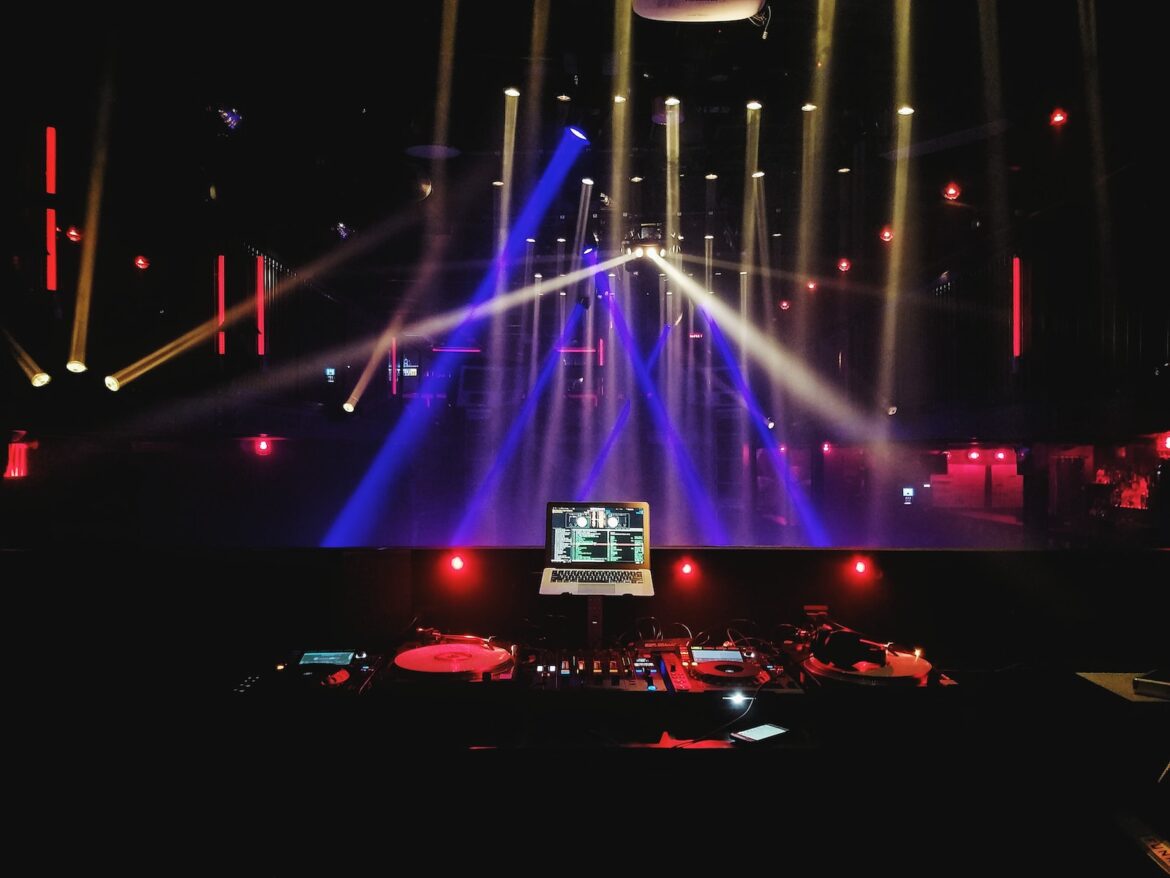Developers are investing in midsize concert halls across the US, as demand for live entertainment venues grows. These venues can seat between 1,000 to 6,500 patrons and have a range of flexible configurations that can be used for concerts, DJ sets, raves, e-sports, launch parties, and trade shows. Concert halls are being used to anchor projects and revitalize moribund markets. Westfield, a Denver developer, redeveloped the North Wynkoop area, including the Mission Ballroom, which can accommodate up to 3,950 guests, and has a movable stage. The complex also includes artist studios and shopping. Live Nation Entertainment’s co-president, Jordan Zachary, believes there is a significant opportunity to develop more midsize venues, given the growth seen in the next 40 cities rather than the top 10 markets. The next wave of venues, such as ocVIBE, a 5,700-seat concert hall in Anaheim, Calif, are expected to break ground in 2023.
It is expected that the revenue from US events will increase from $58 billion in 2021 to $65 billion in 2023, as live entertainment recovers from a challenging period in 2022. Promoters think that concert halls, which require an investment of between $50 million and $150 million to set up, are filling an opening in the industry between venues that can accommodate up to 1,000 people and arenas that have space for between 5,000 and 20,000 people. Additionally, they offer features that make them appealing to artists, such as areas with adjustable seating for standing or dancing.
Curtain arrangements can camouflage empty space for smaller events, while technology allows for flat or raked seating, or a combination of both that creates levels. Acoustic predictive software enables sound engineers to understand how sound behaves, and there are many advanced projector techniques, wall videos, lighting, and special effects.
The Anthem in Washington, D.C. is the main attraction of a project that includes hotels, homes, restaurants, and even a fish market along the waterfront. Monty Hoffman, the leader of Hoffman and Associates, partnered with Madison Marquette to work on the development and said that music can bring people together. The apartment complex consists of two 12-story towers that connect to the concert hall and the pool in the complex is directly above the lobby of the Anthem. Akustiks, a company located in Norwalk, Connecticut, was consulted on the acoustic design.
Other concert halls, such as the YouTube Theater in Los Angeles, cater to a wide range of events, including e-sports competitions and a summer game fest. The theater is part of the SoFi Stadium and Hollywood Park redevelopment, which was formerly a racetrack and now also includes retail, office buildings, and a 12-screen cinema.
Aaron Jensen, head of commercial and mixed use at HKS, a design firm, said that the versatility of concert halls has revitalised many markets. Developers are looking to locate concert halls near transit and residences as they are part of a broader mix of amenities that bring people to an area. Chris Crawford, senior managing director at Hines, a real estate investment firm, said, “The right location, a cultural ethos, brings people”. AEG Presents, the operators of the Mission Ballroom, are using the venue as an example for other places in Atlanta, Boston, Nashville, and the Raleigh-Durham area in North Carolina.
Each venue has its idiosyncrasies. The Anthem, for example, is a mixed-use development, while the Mission Ballroom is part of a larger redevelopment project.
Concert halls also have a positive impact on the surrounding neighborhood. Developers are using them as an anchor for mixed-use projects that can revitalize moribund markets. This is a trend that is becoming increasingly popular, as the versatility of concert halls allows them to be used for many different types of events, including concerts, DJ sets, e-sports and raves, launch parties, and trade shows. As a result, they attract a diverse audience, which can help to generate foot traffic and stimulate economic growth.
One example of this trend is North Wynkoop in Denver, where the Mission Ballroom is an integral part of a complex that includes artists’ studios and shopping. The venue is using its design to create a blueprint for other venues in cities across the country, such as Atlanta, Boston, Nashville, and the Raleigh-Durham area in North Carolina. Similarly, the Anthem in Washington, D.C., is the centerpiece of a waterfront reclamation project called the Wharf, which includes hotels, apartments, condominiums, restaurants, and even a fish market.
Performance venues are providing an alternative to both clubs, which can hold up to one thousand people, and arenas, which can seat from five to twenty thousand. Concert halls are able to provide a space for either standing or dancing, and can use curtains to reduce the size of the space for smaller events. Additionally, these halls come with a range of technological features, such as projectors, wall videos, lights and special effects. Acoustic predictive software is also utilized, which allows sound engineers to understand how sound behaves in a bigger space, especially when the seats are filled.
Concert halls are also attractive to performers because of their versatility and features. They are often designed with spaces that can be used for different types of events, and they can accommodate a range of performance styles and sizes. In addition, concert halls are equipped with the latest technology, which allows for a range of special effects and lighting to enhance the audience’s experience. Acoustics are also a key consideration in the design of concert halls, and they are often consulted with firms that specialize in acoustic design.



